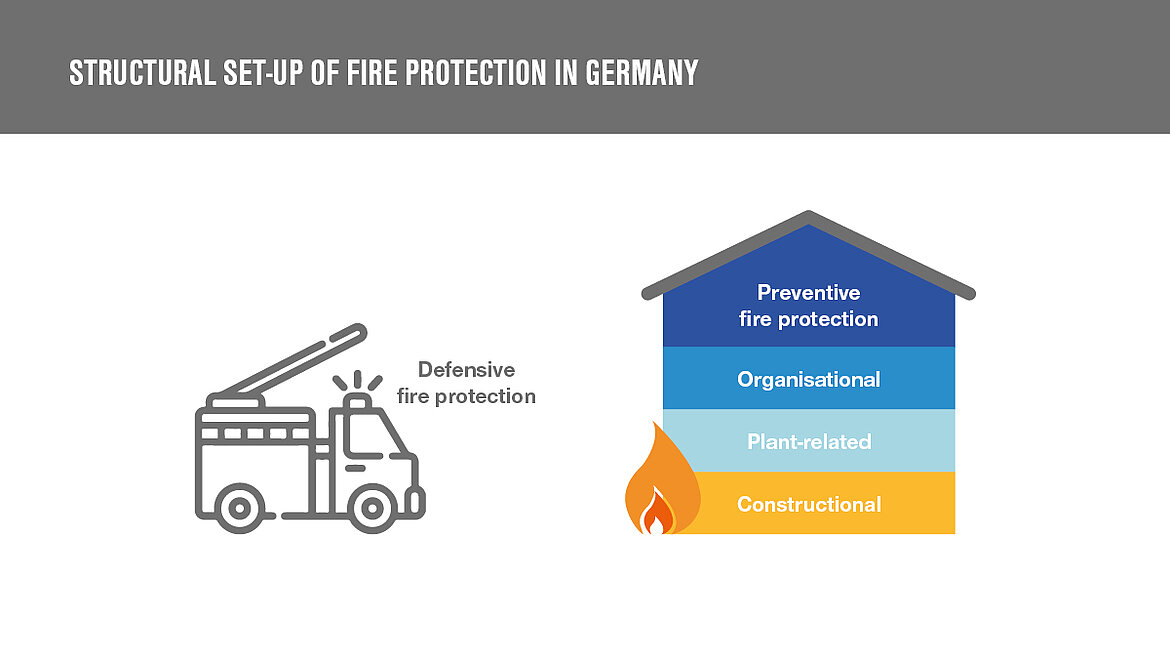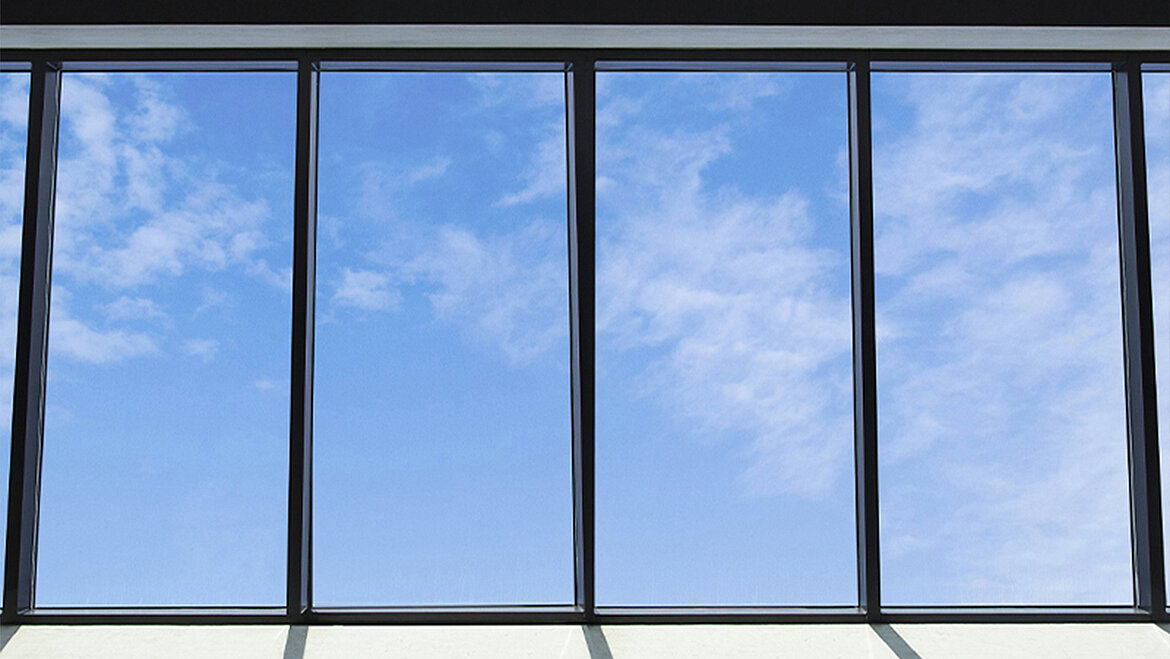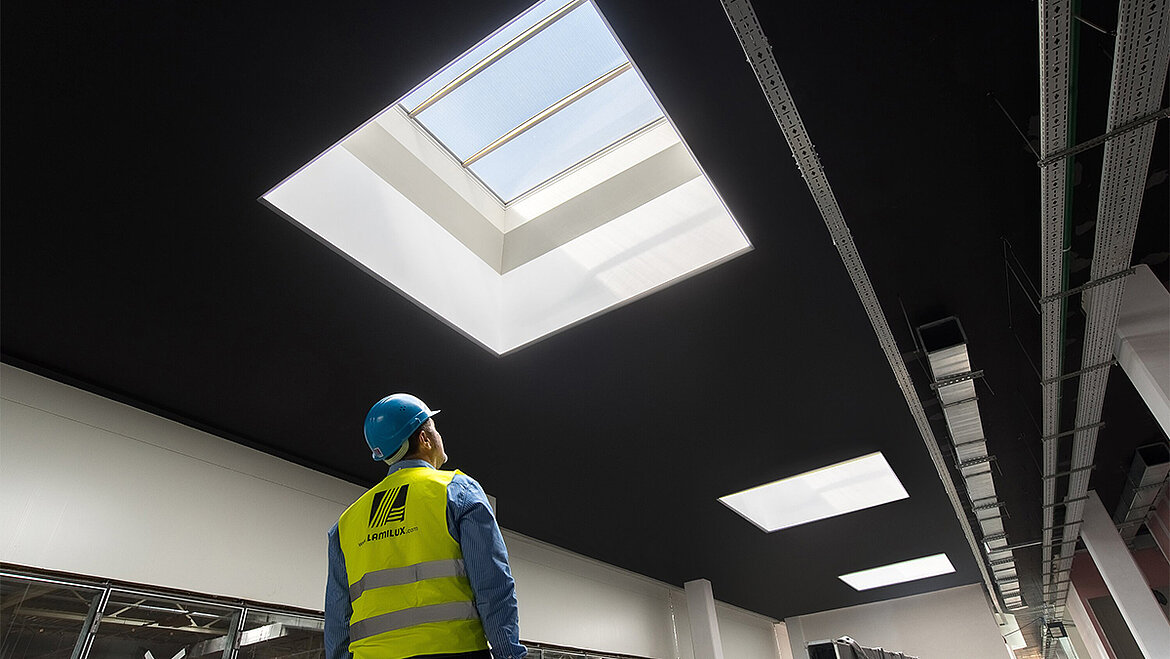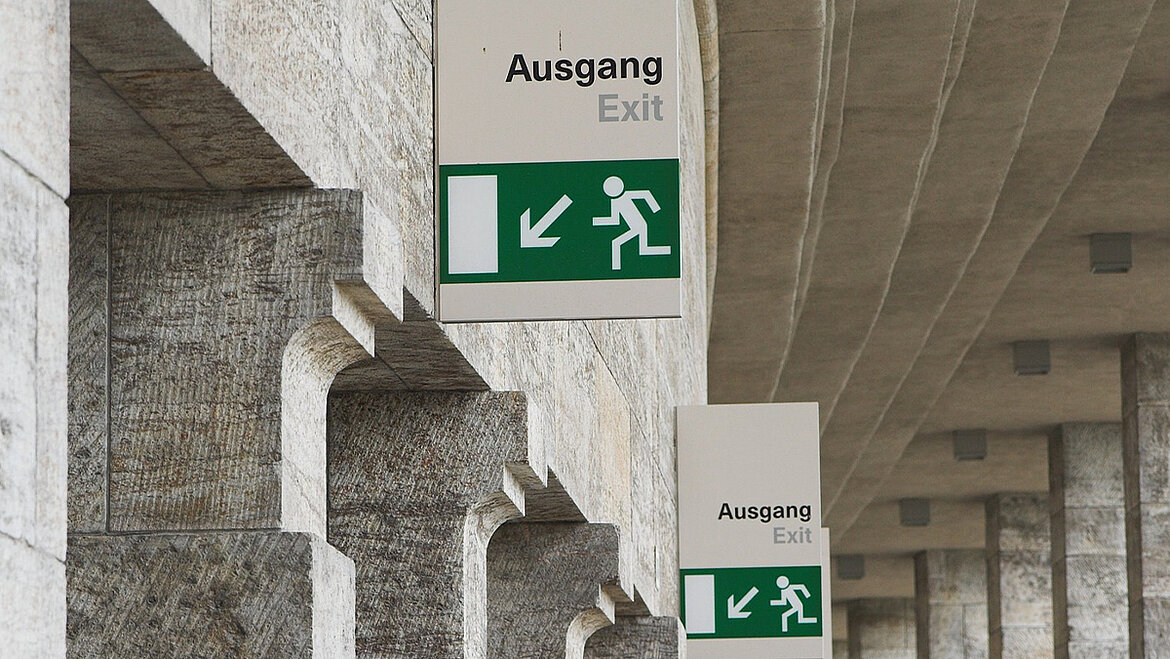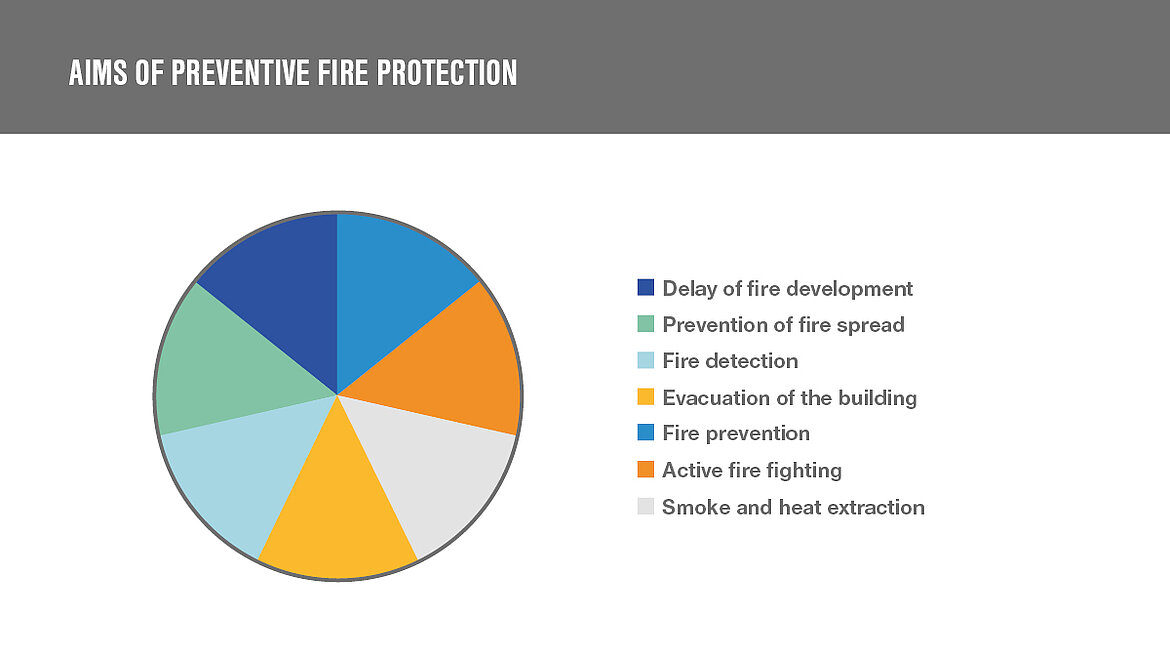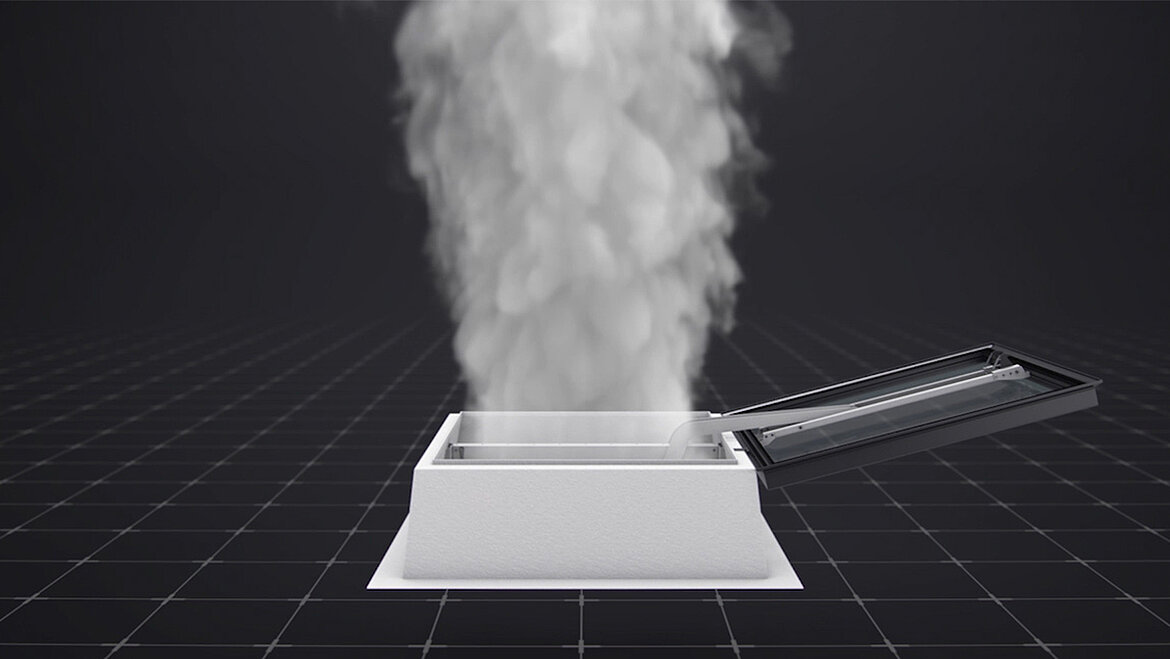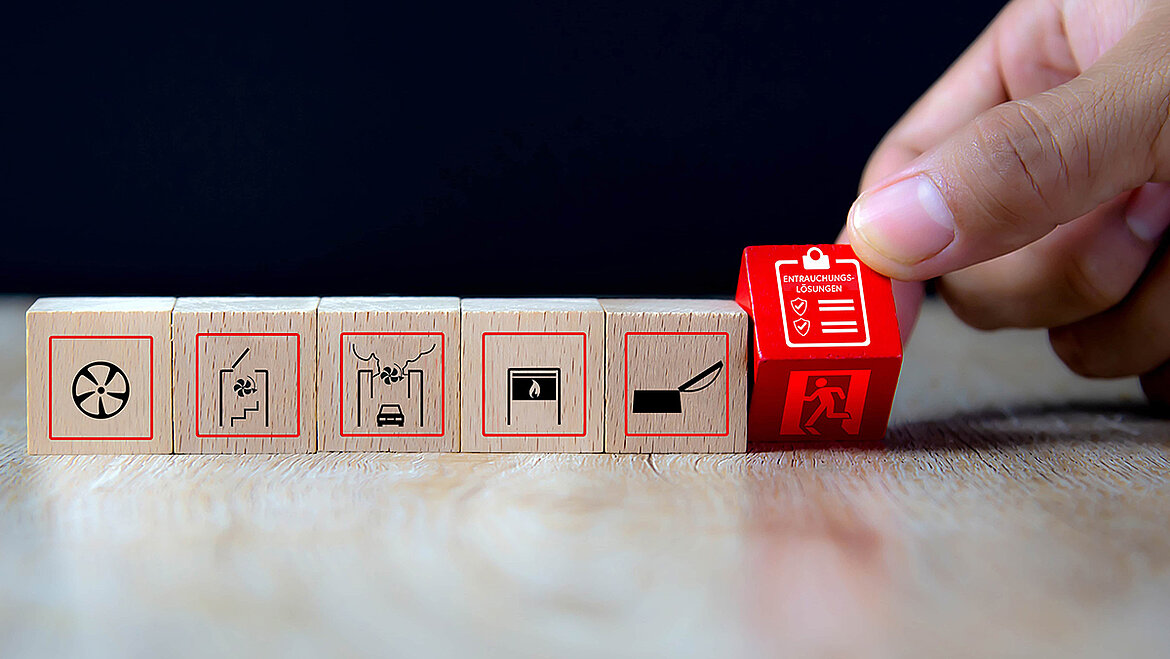Why is fire protection so important?
“It can't happen to me. There's no fire in my building”. – This is how many building operators think and thus neglect the fire protection for their building. But the statistics tell a different story: Fires in residential and commercial buildings continue to increase. Major fire incidents in recent times, but also in the past, are a constant source of concern for fire safety. The images of flames coming out of houses or destroyed building complexes as well as the news about casualties shake, frighten, and raise the question: Could the fire have been prevented?
Unfortunately, the reality is often different, and a fire does, in fact, occur. This is when defensive fire protection comes into play.
Defensive fire protection in particular is a task of the fire brigade. The key focus of defensive fire protection is on tactical and technical measures to assist the fire brigade.
Such measures are required to rescue people and animals, protect assets, fight fires and avert environmental hazards.
However, the authorities also have a certain area of responsibility when it comes to defensive fire protection. They ensure the supply of extinguishing water, the designation of installation and movement areas, and emergency call systems.
Preventive fire protection – an overall concept
Fire protection is a vital decision as, ultimately, fire protection measures prevent fires and mitigate the consequences of fires. In addition to the measures taken by the fire brigade, preventive fire protection measures play a pivotal role. Preventive fire protection is divided into three categories: structural, system-related and organizational fire protection. While in a new building the architects have to implement the requisite fire protection measures, in existing buildings it is the responsibility of the fire protection officer, the building operator or the building owner to ensure that the regulations are met.
When constructing a building, structural fire protection comes first. Structural fire protection is the generic term for all prophylactic measures related to the building. The precautions are very comprehensive and diverse.
They include the planning of a building as well as the building materials and components used. In addition, there are numerous technical regulations that are issued and must be observed for structural fire protection in buildings.
Structural fire protection can be divided into the following sub-areas: the fire behaviour of building materials, the resistance of building components to fire and heat, the formation of fire compartments in a building, the planning of escape routes as well as fire fighting by structural extinguishing devices such as sprinkler systems.
Structural fire protection partly overlaps with the measures of system-related fire protection, which also counts as preventive fire protection.
In particular, overlaps are found in systems that ensure the supply of extinguishing agents, fire extinguishing equipment, gas extinguishing systems and fire alarm systems.
System-related fire protection also includes equipment such as heat extraction systems, smoke extraction systems, fire alarm systems, suction systems for smoke and automatic escape doors, among others.
There is a current trend to note here: for new buildings, but also for conversions of existing buildings, the increasing importance of such systems can be observed.
The third category, organizational measures, completes preventive fire protection.
Organizational fire protection includes all precautions that can be organized by the respective company.
For example, one focus is the tasks of the fire safety officer, insofar as one has been appointed.
In addition, organizational fire protection also focuses on rescue and escape plans, the provision of small fire extinguishing equipment (such as fire extinguishers), fire safety and fire prevention instruction for employees, and how to act in the event of a fire.
We have summarized exactly what lies behind structural, system-related and operational/organizational fire protection in the article “Fire protection – That's what matters!”.
Give it a read and find out what you need to know about building, building material and fire resistance classes.
One thing is certainly in any case: the aim of preventive fire protection is to minimize the risk of fire through a series of carefully coordinated measures:
Smoke protection: key to fire protection
Both defensive and preventive fire protection help to ensure that effective measures can be taken to prevent the start of a fire, the rapid spread of a fire, but above all the spread of smoke. Ultimately, fire protection means smoke protection. It is well known that fire does not pose the greatest danger to people in buildings, – smoke is the number one source of danger.
One of the most important components of fire protection measures is therefore smoke extraction, as it is primarily through the removal of toxic smoke gases that the lives and health of people and rescue teams are protected.
In addition, SHEVS prevent or reduce major damage to machinery or stored goods, for example. A sprinkler system alone cannot prevent smoke damage because it contains fire but does not dissipate smoke and fire gases.
But SHEVS, like the other individual measures, must not be considered in isolation. This is because SHEVS can only be correctly designed and dimensioned if the overall package of preventive fire protection is considered and taken as a basis.
The specialist planner must therefore be aware of all the necessary fire protection requirements for planning. Only then is it possible to offer SHEVS that are optimally adapted to the specific object.
So, what matters here is:: For the project planning of SHEVS, all fire protection requirements should be known. In this way, SHEVS can perform their tasks and form a low smoke layer above the floor in the event of a fire. Low smoke layers have various functions:
- Low smoke layers allow building occupants to reach safety.
- They also ensure means of rescue for people, animals and property by rescue teams and fire brigades.
- They ensure effective firefighting by firefighting forces.
- In addition, low-smoke coatings mitigate consequential fire damage caused by fire gases and thermal decomposition products.
Smoke protection is therefore the key to practical fire protection. But which SHEVS are best suited for your building project? SHEV, NSE, NSHEV, MSE or perhaps SDS? What are the differences between the many different types of SHEV anyway? We will address this topic in a separate article. The article “SHEVS – a simple explanation” answers all your questions about smoke and heat exhaust ventilation units.
Fire protection through smart smoke extraction solutions
In order to be able to properly comply with all protection goals of fire protection, fire protection must be carefully planned.
However, the complex planning of large building projects often pushes architects to their limits when, for example, deviations from building law are required for special buildings.
Specialist planners then step in to help, advise and support the architects during implementation. In addition, an important component of fire protection planning is the fire protection concept.
This concept contains important legal principles and essential building law requirements for fire protection planning, as well as the planning objectives and deviations from building law regulations.
The creation of the fire protection concept follows some important steps: preliminary planning, design planning and implementation planning. During the planning progress, the object-specific fire protection requirements are increasingly specified and integrated into the planning. The plans are recorded in writing and, in addition, fire protection plans for the fire protection concept are drawn up in order to visualize the structural and system-related measures.
The more multi-part, angled and multifunctional a building is and the more people there are in it, the more complicated smoke extraction becomes. It is therefore necessary that all fire protection systems are interlinked and function without exception. This is what LAMILUX, the expert for integral smoke extraction for buildings, calls: smoke extraction in a complete system. But: What is integral smoke extraction for buildings? All components are coordinated and automated. In the article “What is integral smoke extraction for buildings?”, we show you how LAMILUX has planned, manufactured, installed and commissioned special smoke extraction solutions for its customers using various properties. In the article, you will find out what smoke extraction looks like in a complete system and why maintenance is just as important as the correct design of the fire protection system.


